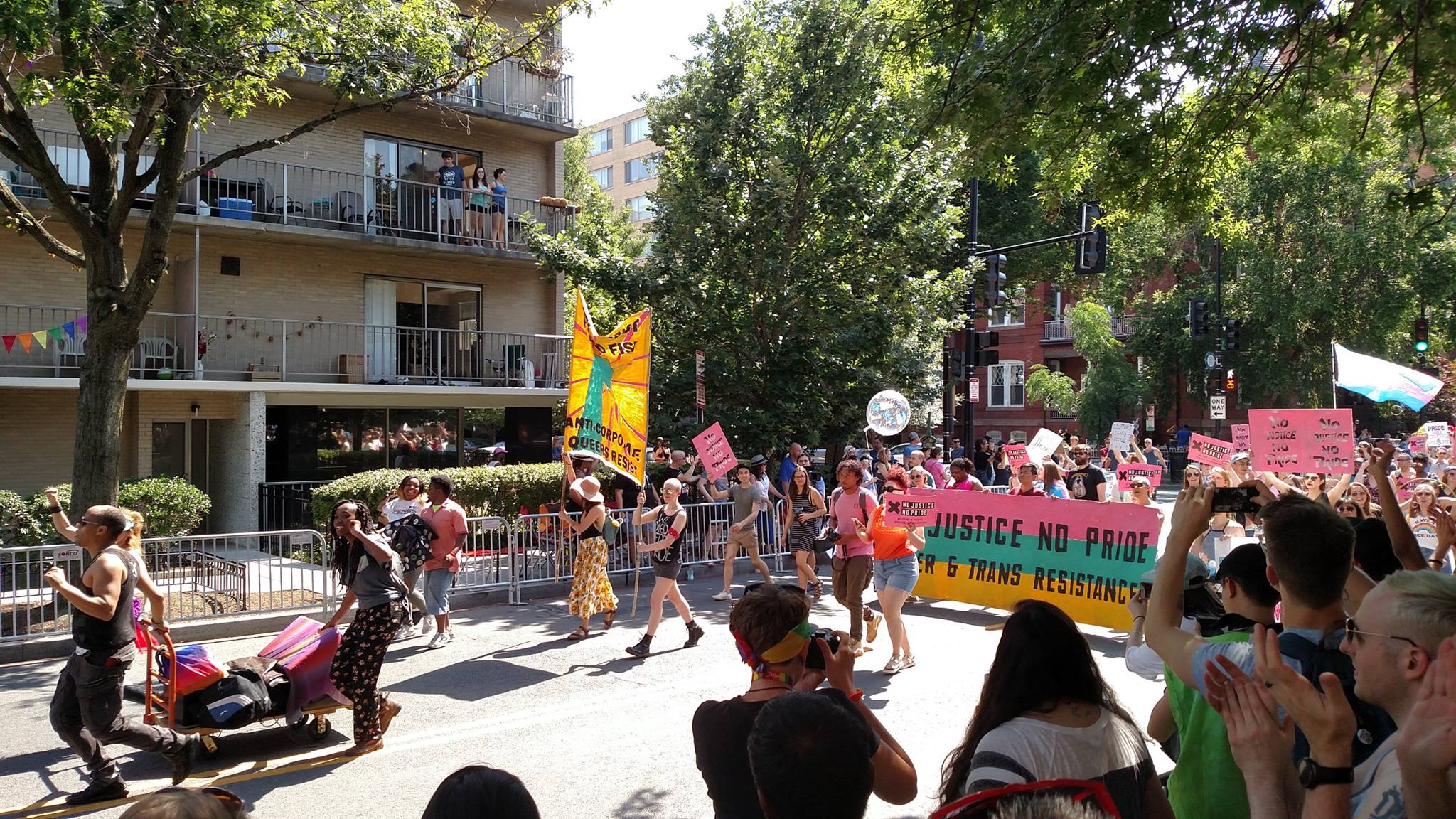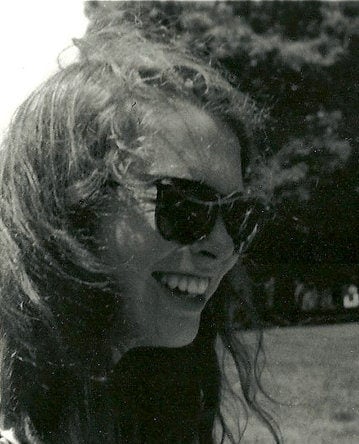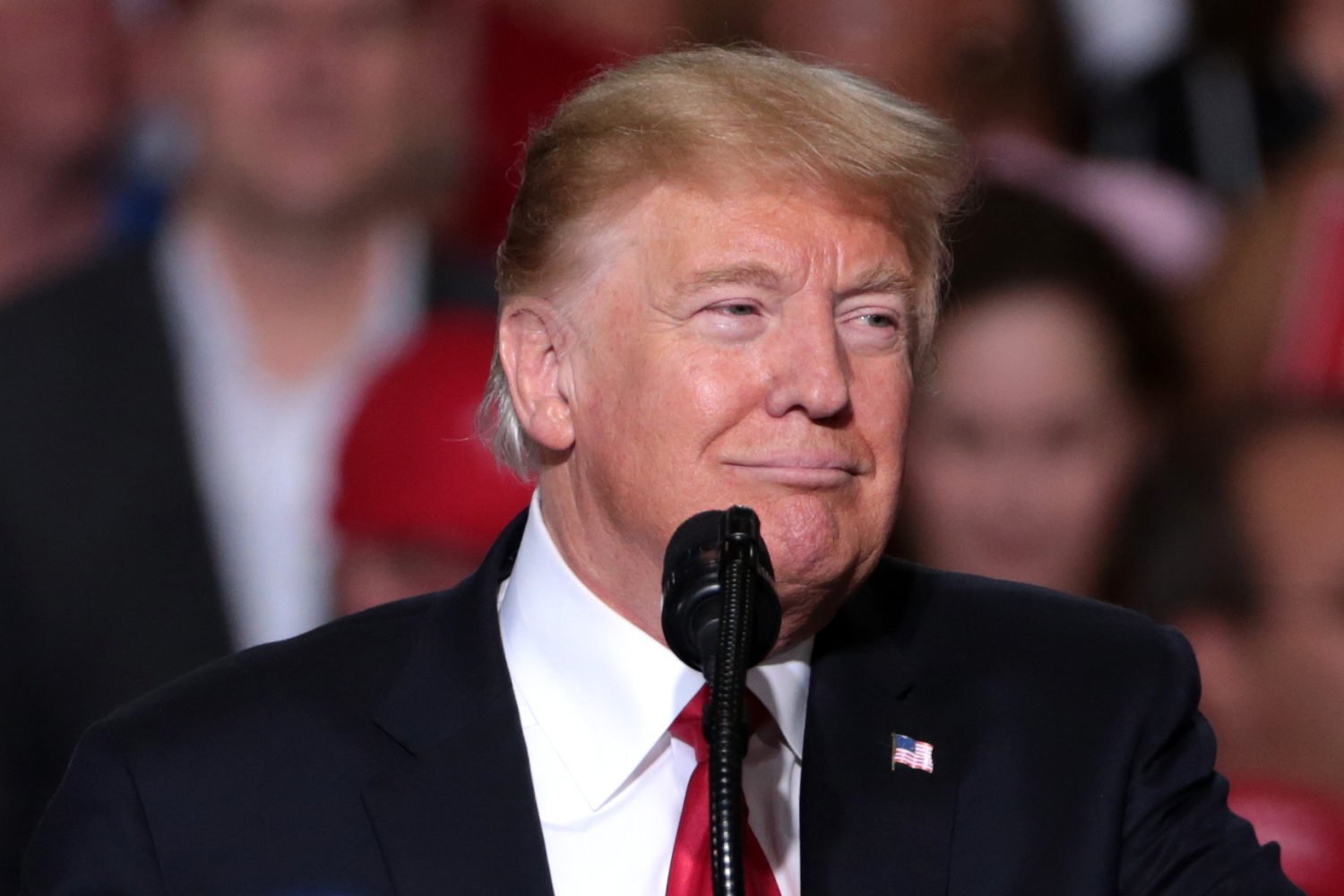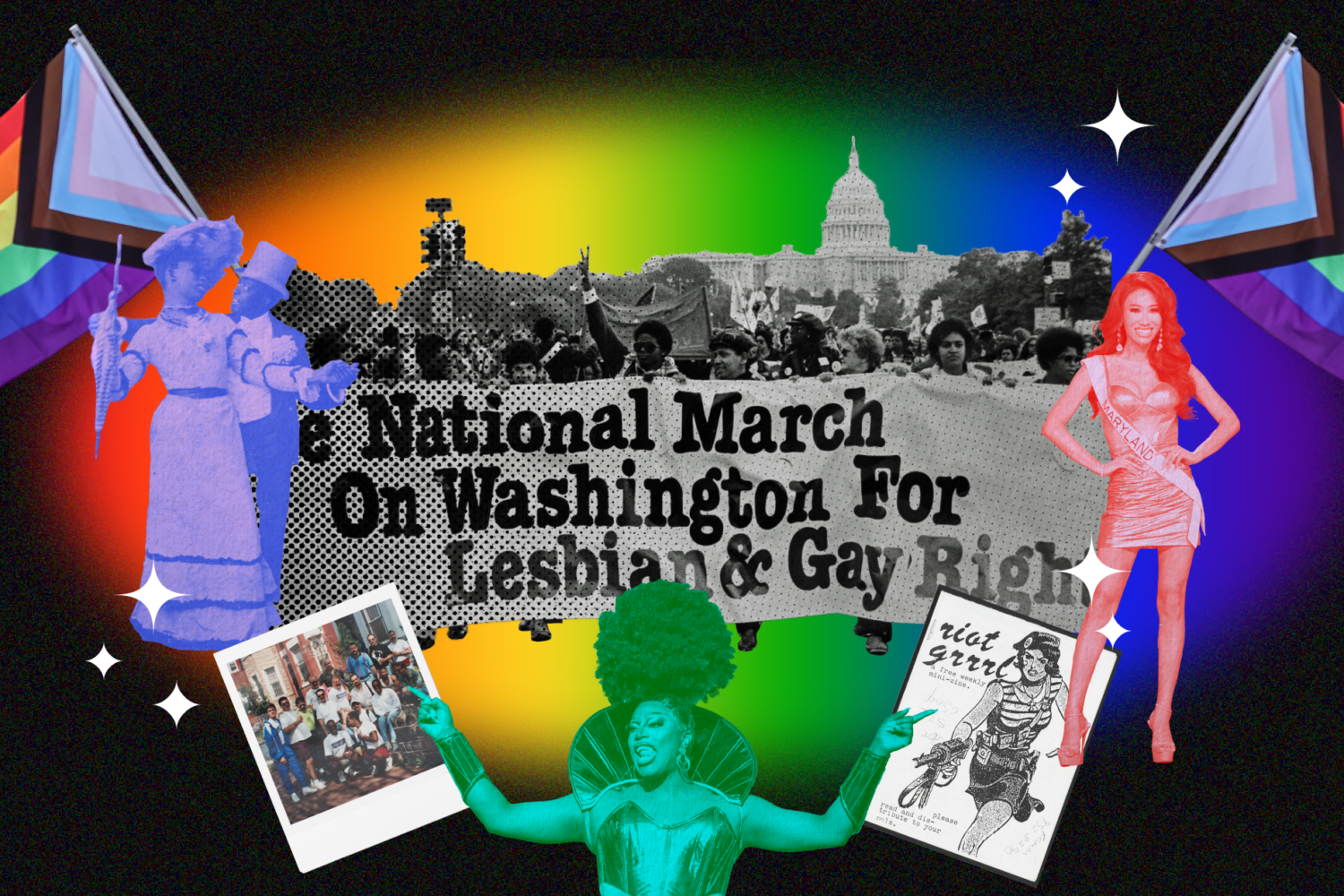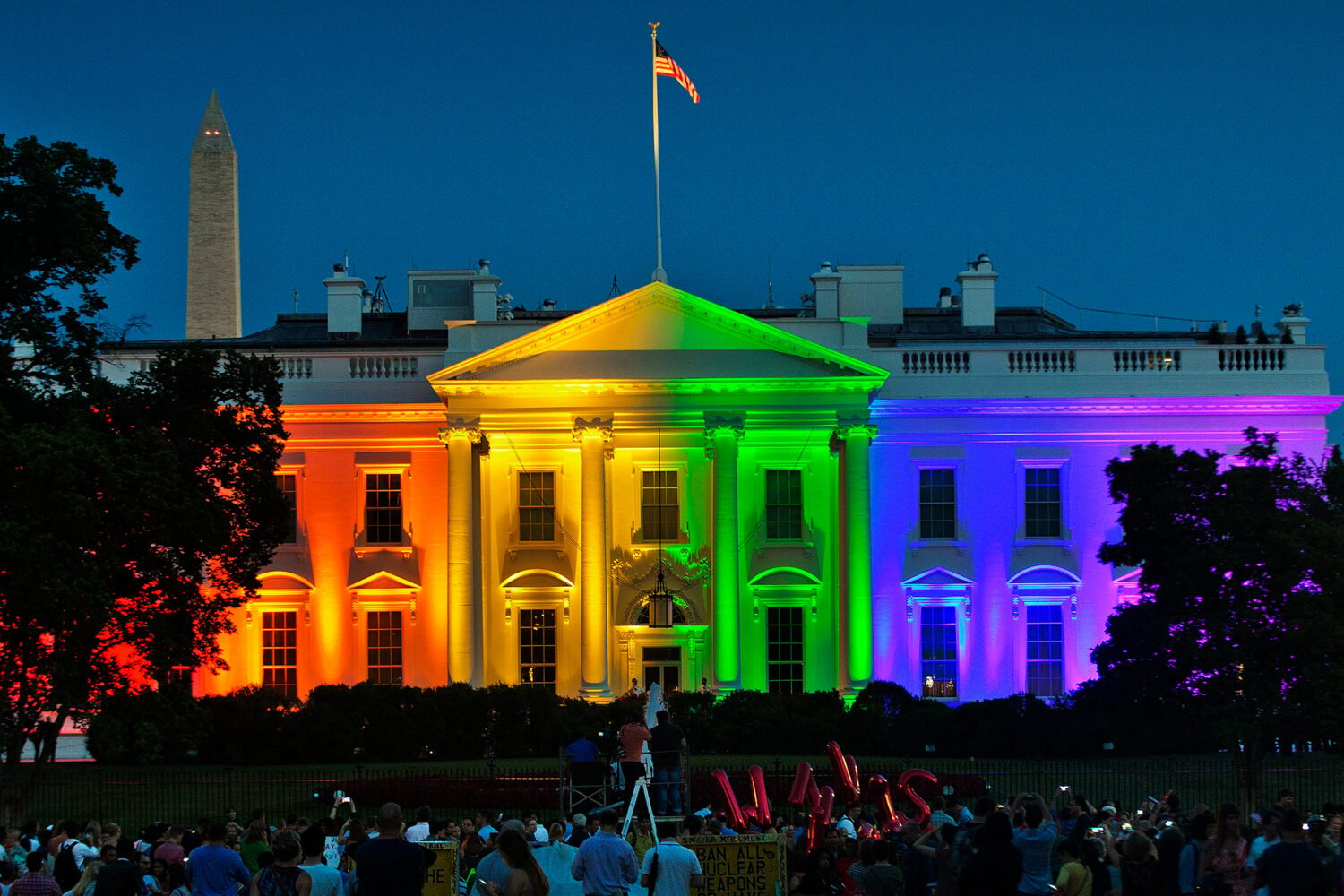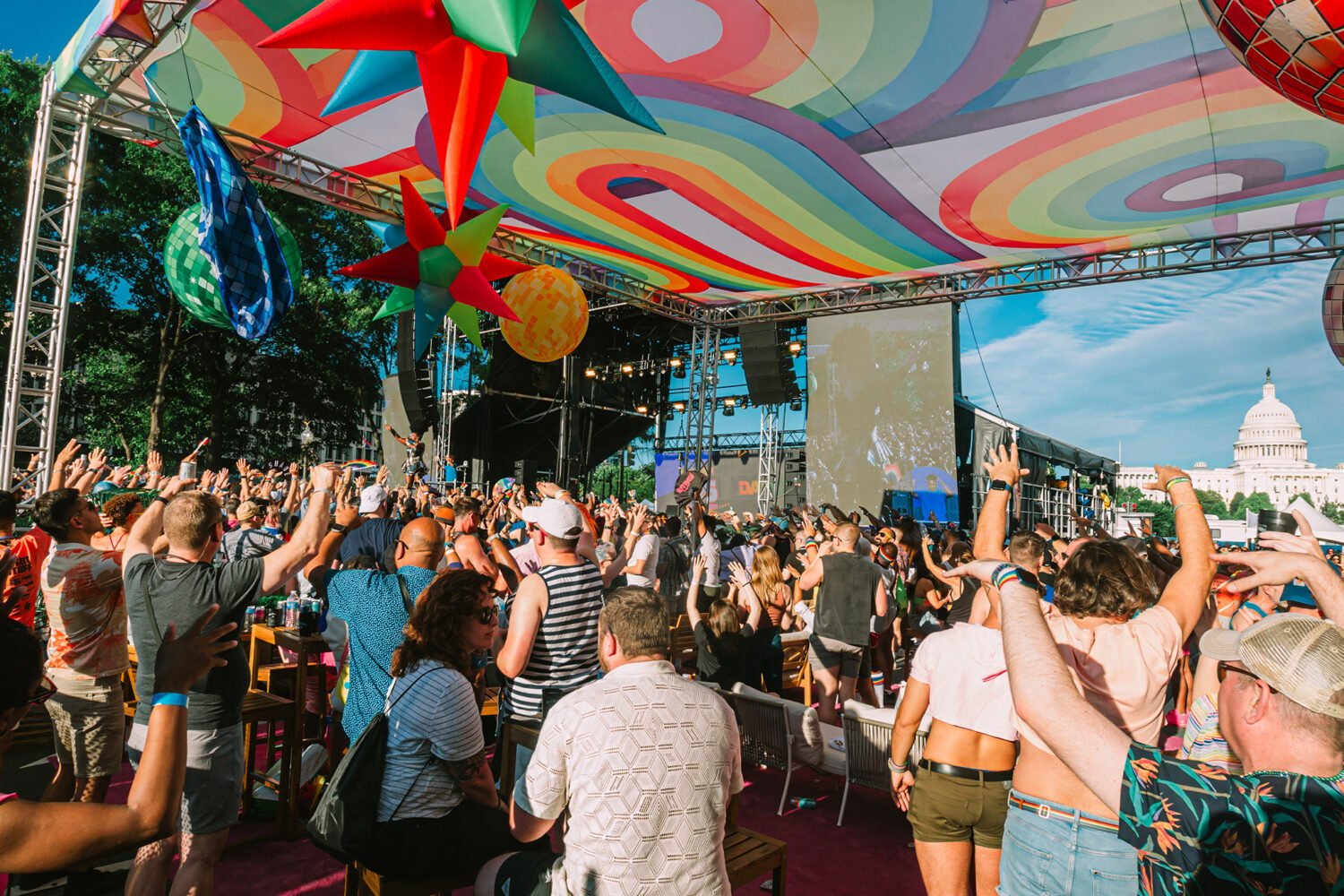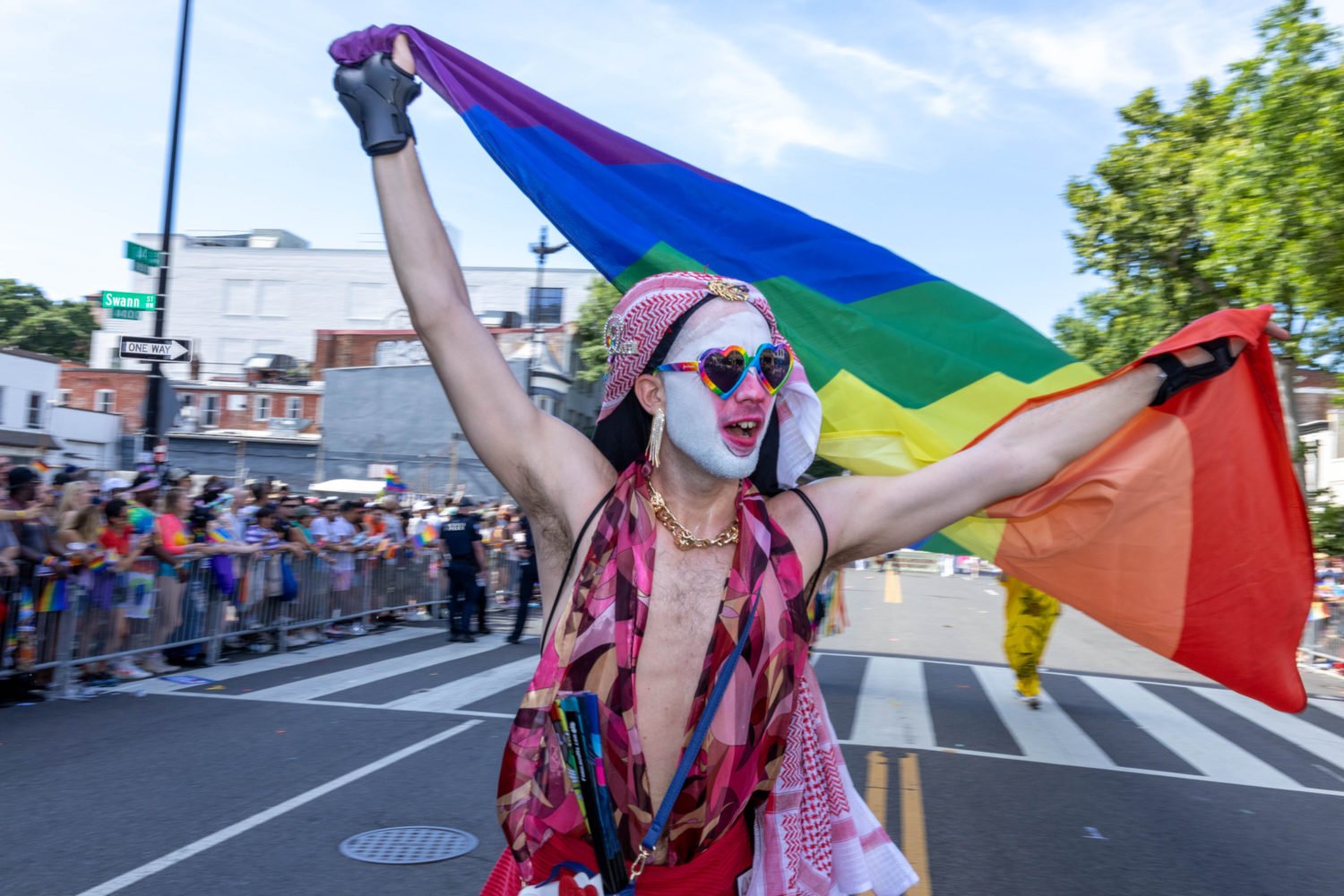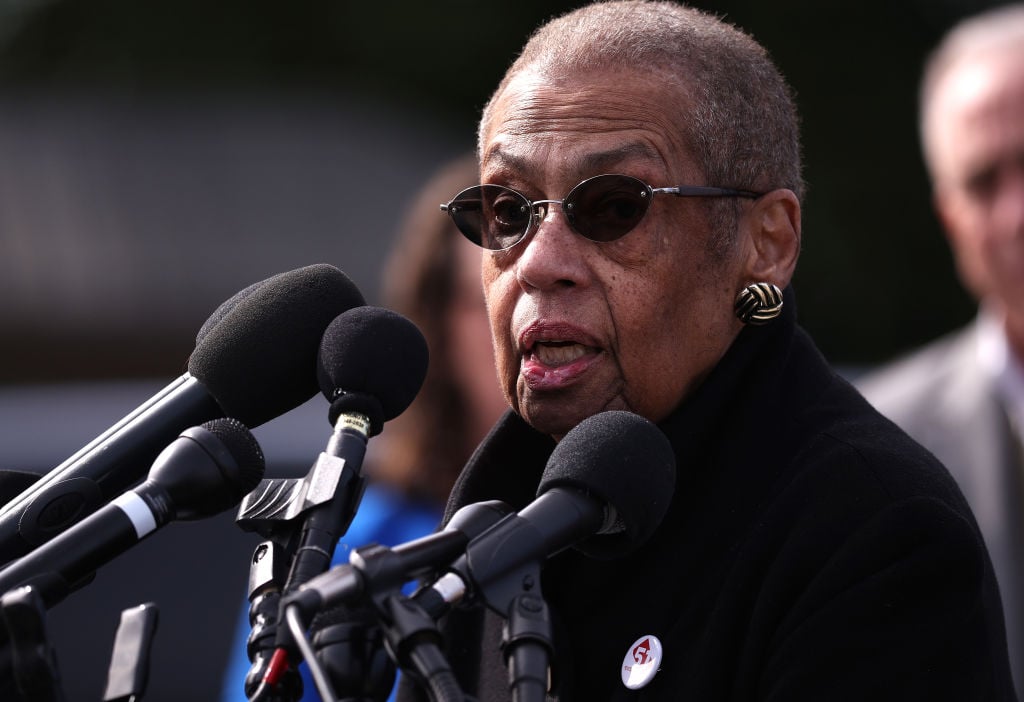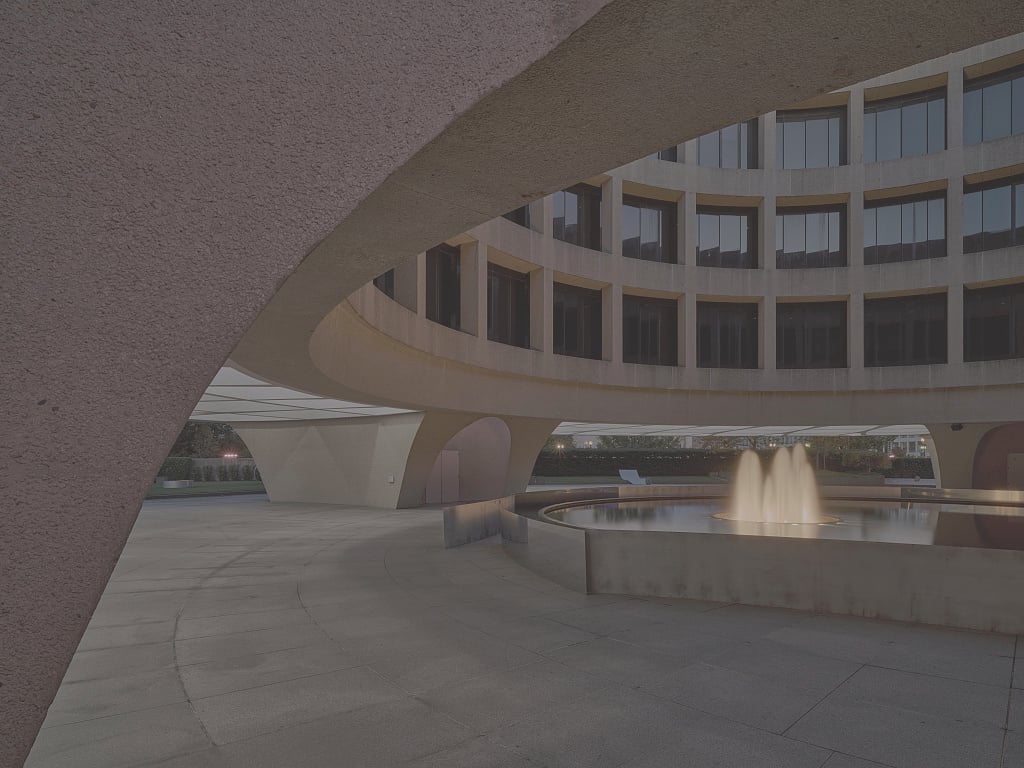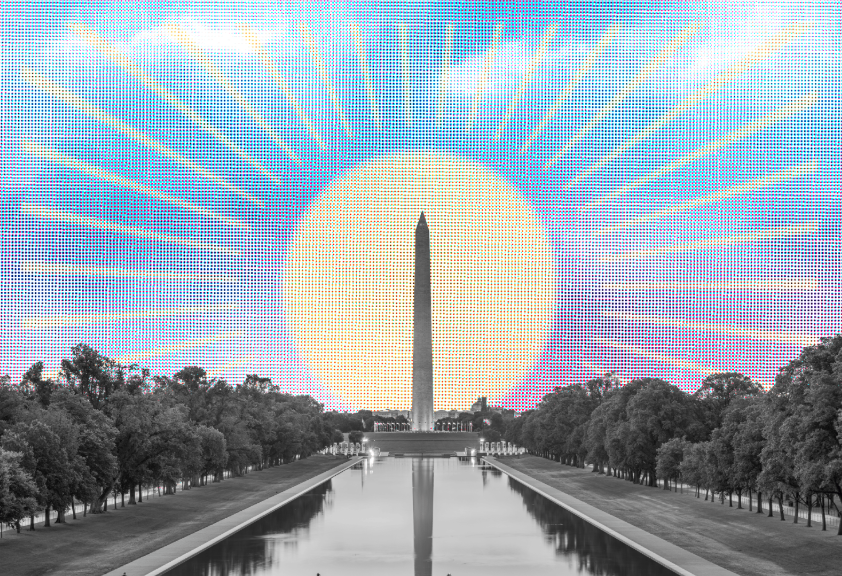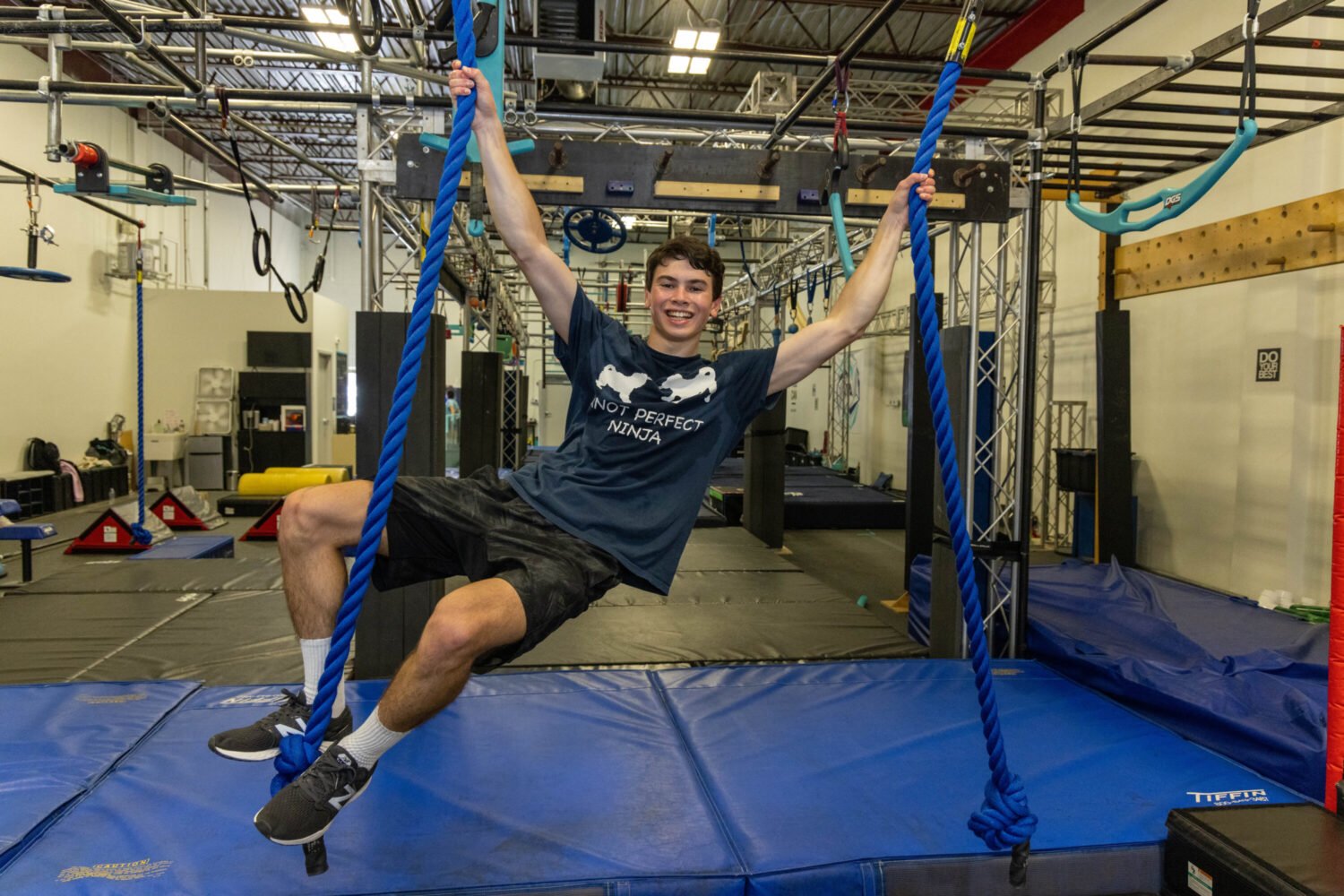To the casual observer, this weekend’s Capital Pride celebration would seem like something almost everyone in DC is on board with. Servers at Sweetgreen wear rainbow-font T-shirts, drag brunches are scheduled around the clock, and multicolored flags hang outside apartments and restaurants. But some LGBTQ+ people, including many trans folks, people of color, and non-binary individuals, feel left out by the festival for reasons that include all that branding and the festival’s many corporate sponsorships.
Last year, the group No Justice No Pride blocked the Pride parade to protest what it says are the festival’s exclusionary and corporate emphases. It called on the Capital Pride Alliance to increase diversity on its board, end its association with police, and stop working with corporate sponsors such as Wells Fargo, Northrop Grumman, and Lockheed Martin.
The Capital Pride Alliance, which runs the festival, has taken steps to diversify its board, but its stance toward cops and sponsors is similar to last year: Police will still play a large role in Pride, and the group is working with many of the same sponsors this year (Wells Fargo is out, but Northrop Grumman and Lockheed Martin remain).
Capital Pride has long placed an emphasis on diversifying its leadership and events, says spokesperson Cathy Renna. She cites this year’s Telemundo parade coverage, walking tours on queer Latino history, and the weekend’s theme #ElementsOfUs as examples of its inclusion efforts. Making more voices in a community feel heard is “not something that happens overnight,” Renna says. “These things really take time to identify.”
Pride’s steps so far are not enough, says Ale Jacinta, a trans Latina woman who protested with No Justice No Pride last year. Yes, she says, there are trans folks and people of color on the organization’s board and, yes, there are Black Pride and Trans Pride events, but the group’s work still doesn’t do enough to address class, race, and gender divides. “The misogyny and patriarchy of the alliance is so deep, it’s hard to be honestly excited about such incremental change,” she says. “They use intersectionality like a buzzword without actually thinking about what these concepts mean.”
And then there’s the issue of the police. Trans folks and people of color face violence and discrimination by police on a regular basis, Jacinta says, and they don’t feel safe at a gathering where they’re present.
“I’m not a fan of the police in general,” says a young African-American man who identifies as queer, but did not give his name for the article. He’ll be at the parade again this year, but is still wary of cop presence. “I try to maintain as much distance between police and me as possible,” he says. “One time is too many, first and foremost,” he says of police violence, “and secondly, they police everyone but themselves.”
Jacinta wishes this sentiment was given more attention. “Just because it doesn’t affect these folks in the Capital Pride Alliance, they think it’s some strange whim of a few radicals,” she says. “[But] so many people have watched loved ones be harassed and arrested or killed by police.”
Wait a second, says longtime gay rights activist Paul Kuntzler, who formed the city’s first advocacy group for gays and lesbians in the 1960s: Those unhappy with the larger Pride movement are still far outnumbered by those who want to celebrate how far LGBTQ rights have come. The protesters, he says, “have very little understanding of where we came from.”
When Kuntzler first became an activist, “we could not conceive of the progress that we have now made,” he says, citing anti-discrimination laws and marriage equality. He further takes issue with the idea that some folks want to stop including the police and certain corporations into Pride celebrations. “I really [see] them as trying to exclude people and trying to dictate who’s able to participate in Pride,” he says.
If you’d told him a few decades ago that a LGBTQ Liason Unit would exist in the police department today, he’d be floored. That’s an accomplishment worth acknowledging, he says. He’s also quick to remind that the event would be impossible without the help of corporate sponsors.
Renna says the LGBTQ+ community faces bigger challenges anyway: “At the end of the day, if we want to put our energy into fighting, we should be fighting the real enemy, and those are the ones on Capitol Hill,” she says of the current administration. “Those are the ones that are doing all the rollbacks and are actively taking our rights away.”
While No Justice No Pride doesn’t plan to stage as large a demonstration this year, Jacinta says it still has events in the works for the weekend. “Trans and lesbians and queer femmes and non-male, non-white folks have been a part of this for a long time and have been siloed off from the movement,” she says, and it’s time to take matters into their own hands. “There’s no revolution there,” she says of Capital Pride. “They’re asking for complicity; they’re asking for a few dollars.”
Jacinta is tired of all the rainbow capitalism she says happens at each year’s event, when corporate sponsors slap a rainbow on their logos and call themselves inclusive.
Not only does this not create any actual progress, the young African-American man says, it also diverges from the revolutionary spirit in which the LGBTQ+ movement was originally founded. “Parades came after, but the riot came first,” he says.
When that’s the case, there’s no other option except to protest and cause disruption, says Jacinta. “It’s not like Capital Pride doesn’t know what we think they should do; they just don’t care,” she says. “And they want us to go away.”

